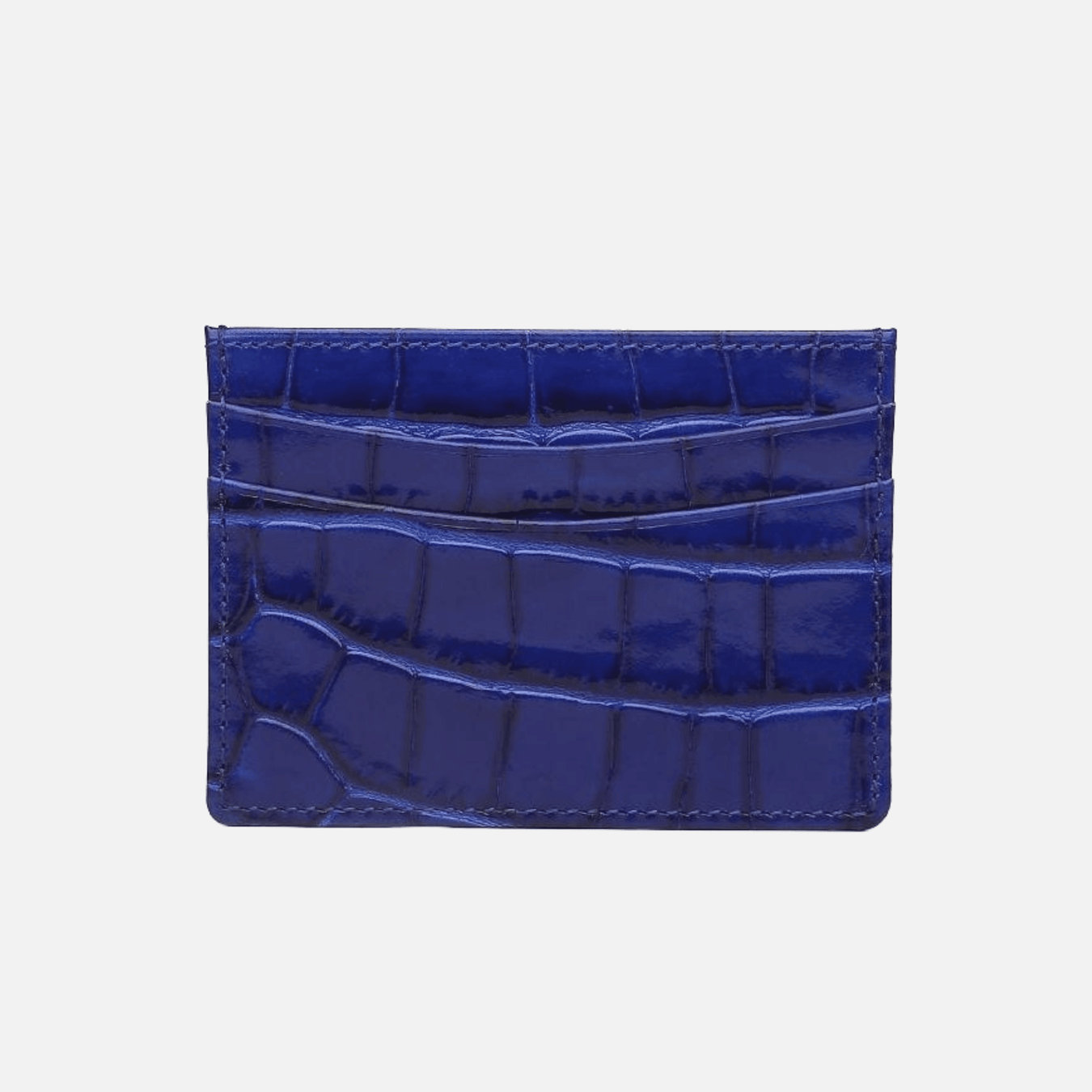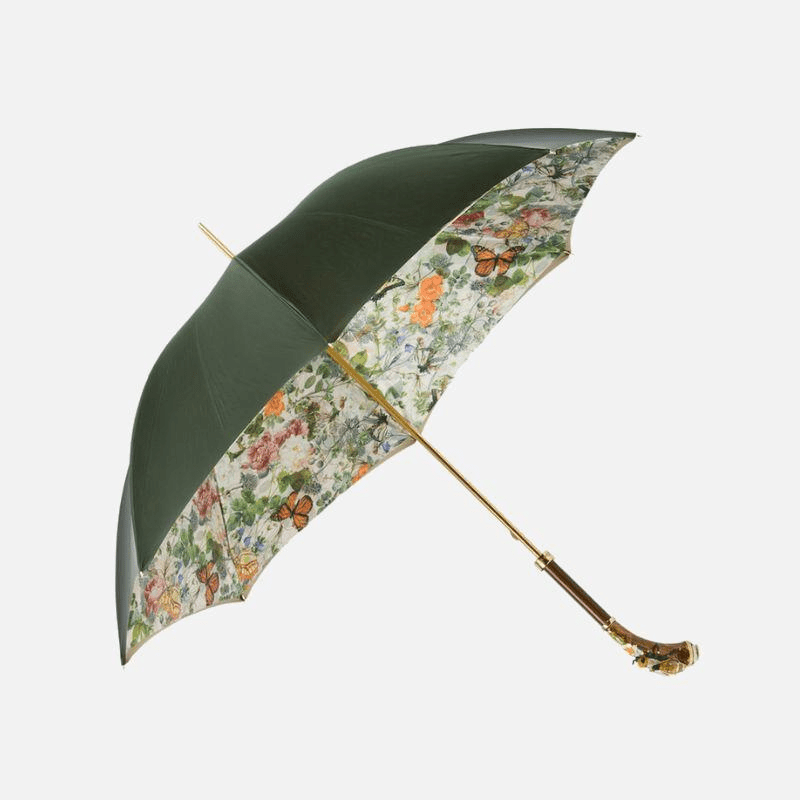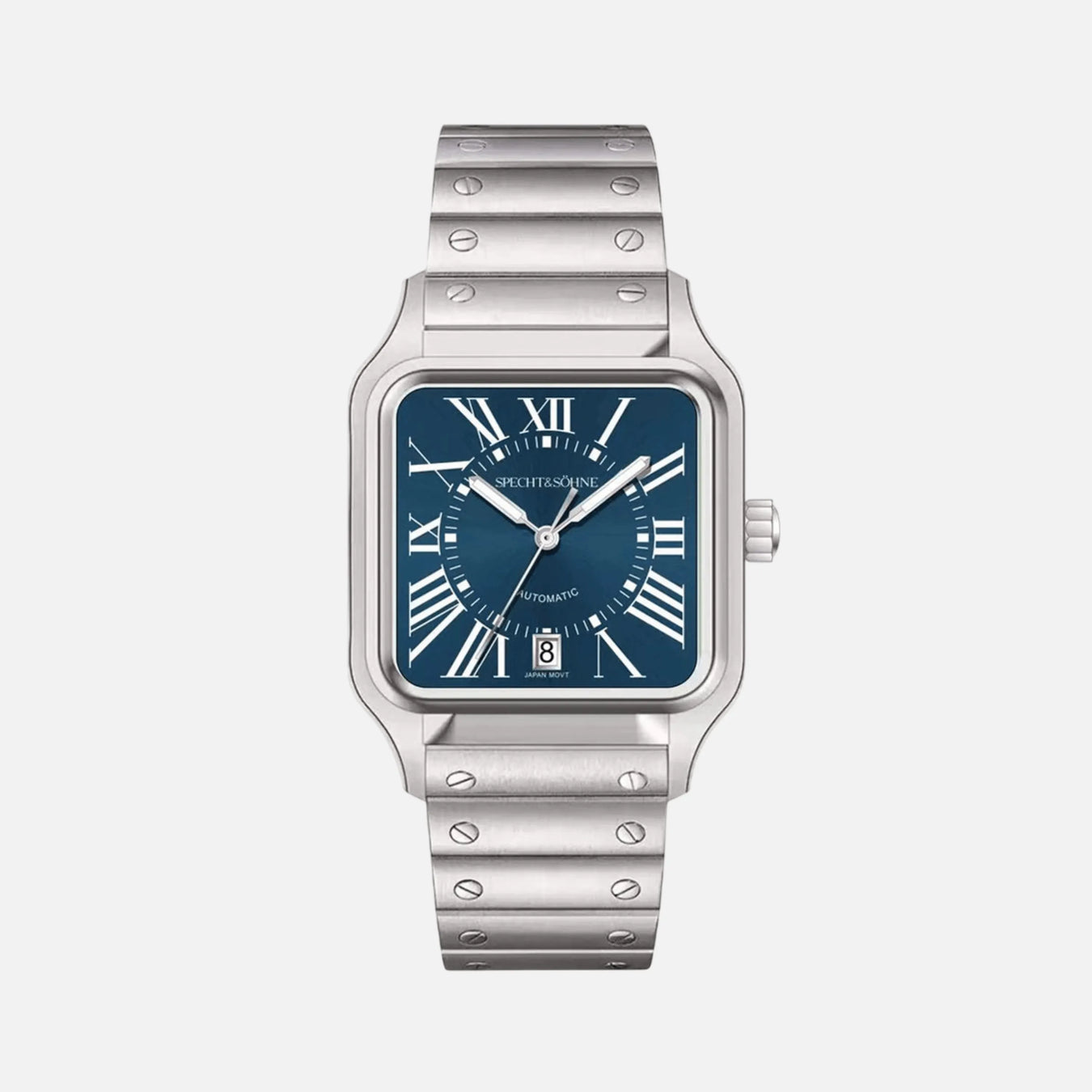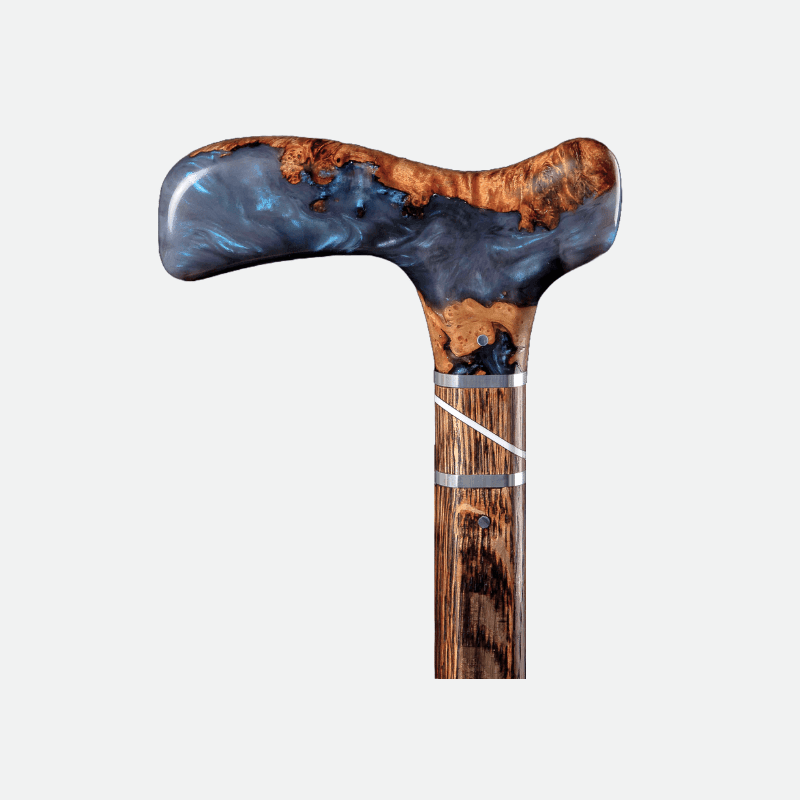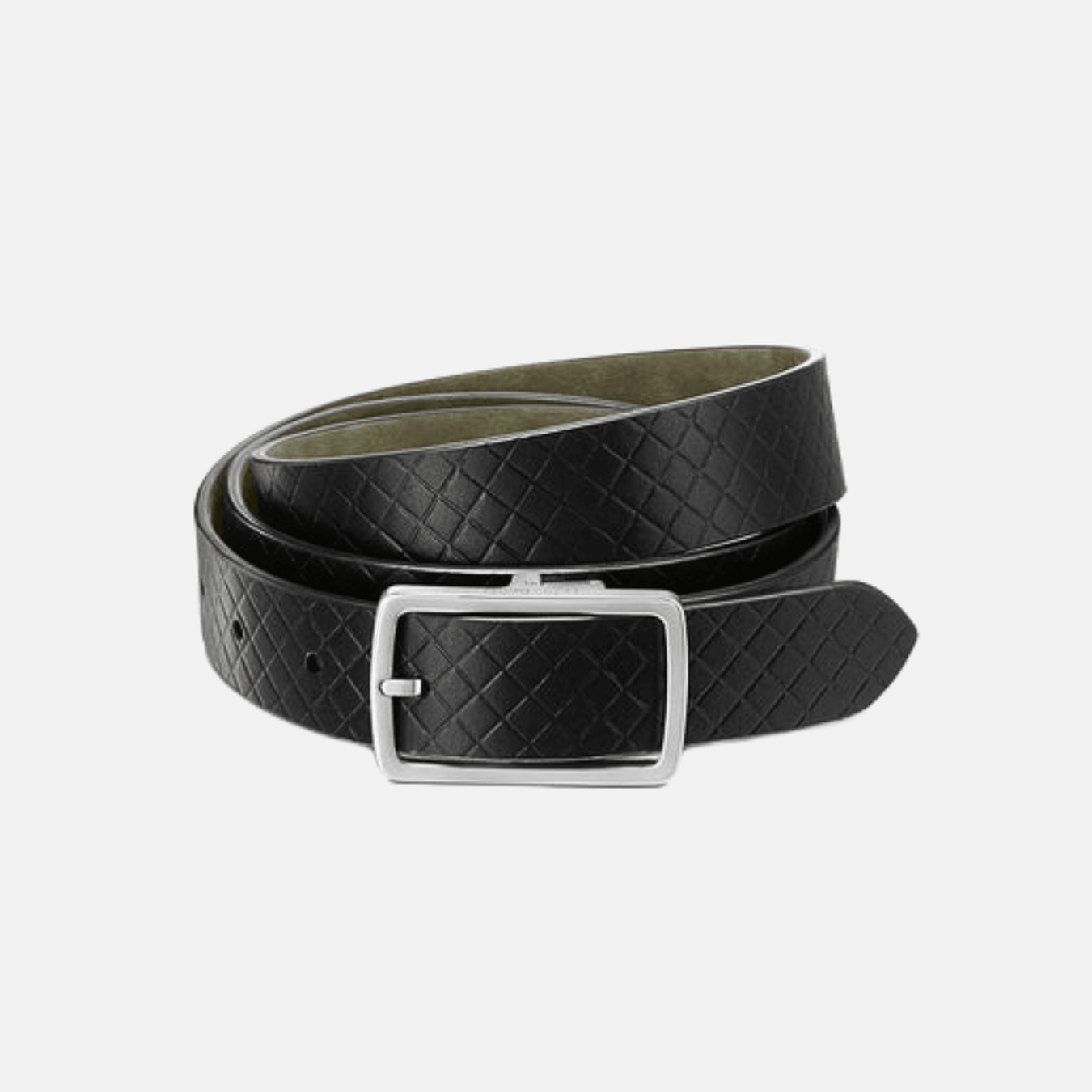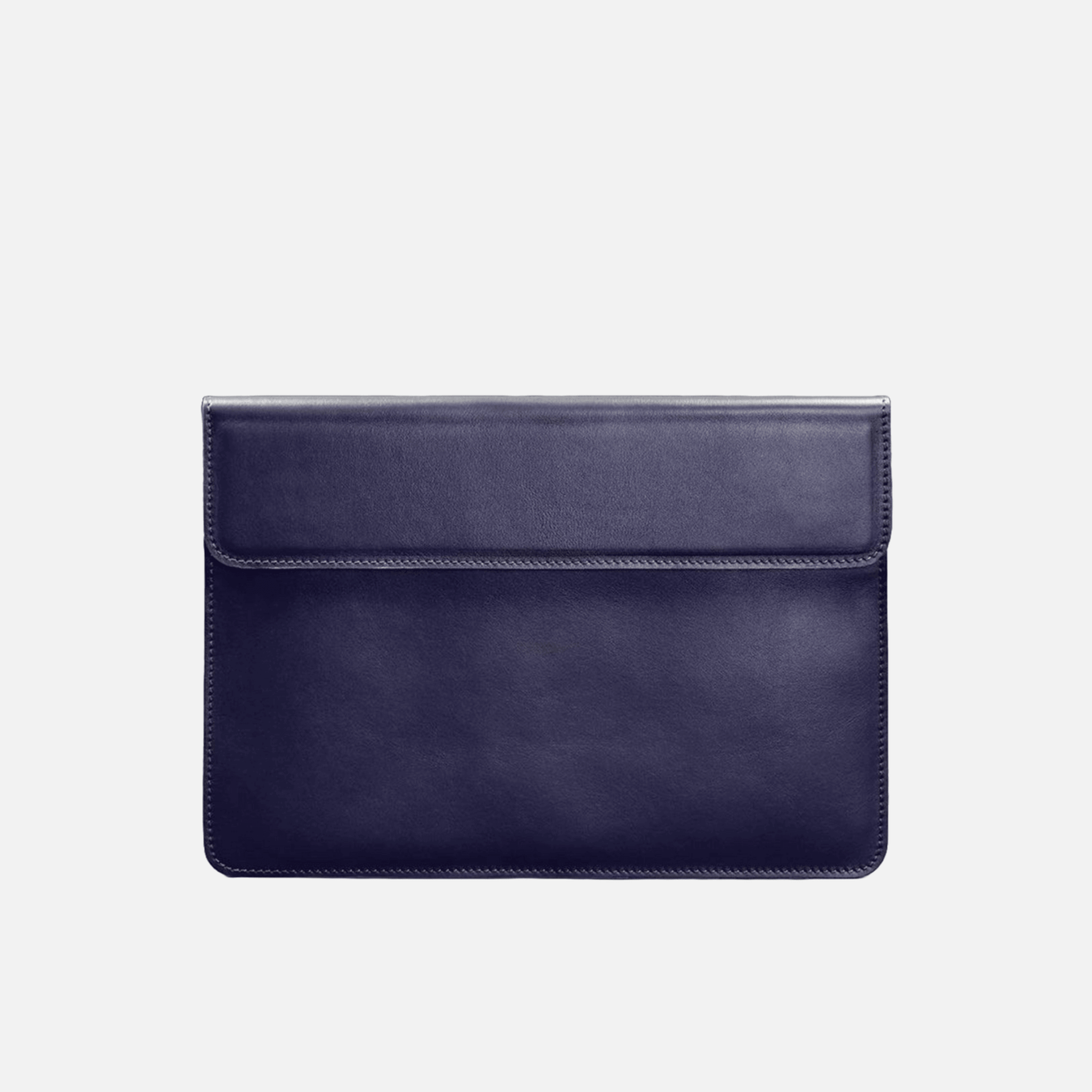
The Cultural History of Walking Canes: From Royalty to Street Style
Walking canes may be associated with mobility today, but their historical roots run much deeper. From symbols of royal authority to accessories of personal expression, the walking cane has long reflected power, class, and evolving fashion trends.
This is the story of how the walking cane transitioned from a mark of nobility to a stylish, functional item embraced in both formal and modern streetwear culture.
The Cultural History of Walking Canes: From Royalty to Street Style
1. Ancient Origins: Canes as Symbols of Authority
Long before they became fashionable, canes served as tools of leadership and control.
-
Egyptian pharaohs were often buried with elaborately carved staffs, believed to represent their divine authority.
-
In ancient China, bamboo staffs denoted respect and age.
-
Roman generals and senators carried rods or batons that indicated rank and discipline.
These early versions of walking sticks were less about support and more about status, symbolism, and ceremony.

2. The Middle Ages and Renaissance: Canes of the Elite
By the late Middle Ages, canes became closely associated with the European upper class and clergy.
-
Clergy carried ornate croziers or staffs as spiritual emblems.
-
Aristocrats used canes as fashion accessories, often made from ivory, silver, or exotic woods.
-
Some canes even included concealed daggers or flasks, reflecting both fashion and function.
Owning a finely crafted walking stick signaled wealth, refinement, and exclusivity.

3. The 17th to 19th Centuries: Peak of Prestige
During the 17th and 18th centuries, the cane became an essential element of the gentleman’s wardrobe.
-
French and British nobility wore walking sticks topped with elaborate handles—featuring gold, silver, or enameled details.
-
Etiquette dictated how to carry and gesture with your cane—it was as much a language as an accessory.
-
By the 19th century, canes became everyday fashion for Victorian gentlemen and ladies, each style suited to specific occasions or social rank.
This era saw the rise of cane-makers as artisans, turning walking sticks into collectible works of art.

4. The 20th Century: Utility Meets Fashion
With the decline of rigid class distinctions, canes began to transition from status symbols to more functional and expressive items.
-
In the early 1900s, they remained a staple in formal attire, especially among elders and professionals.
-
Hollywood embraced the cane as a signature of character—think Charlie Chaplin’s iconic bamboo cane.
-
By mid-century, walking canes were used more for support, but retained decorative appeal, especially in hand-carved or monogrammed designs.
While no longer a necessity for the elite, canes retained their cultural weight as refined accessories.

5. Contemporary Culture: Canes in Fashion and Street Style
Today, the walking cane is experiencing a renaissance in both utility and style.
-
Artisan-made canes are gaining popularity as luxury accessories, especially those hand-carved from exotic woods or featuring Gothic, vintage, or modern design elements.
-
Hip-hop and performance fashion has embraced embellished and bejeweled canes as statements of individuality.
-
In the streetwear and designer space, limited-edition or conceptual walking sticks blend urban edge with craftsmanship.
Whether used for support or style, walking canes now occupy a space that merges heritage with innovation, and practicality with personal expression.

6. Symbolism Today: Empowerment Through Elegance
For many, walking canes still represent more than mobility:
-
A return to craft and tradition in a mass-produced world
-
A form of art and self-identity
-
A way to walk with confidence, strength, and style
Custom walking canes are now embraced by younger generations, performers, stylists, and collectors alike—redefining what it means to walk with distinction.
Final Thought: A Legacy Still in Motion
The walking cane has walked through time with kings, artists, warriors, and style icons. From ancient temples to fashion runways, it has evolved into a versatile accessory that reflects both culture and character.
Whether you're carrying one for support, statement, or sentiment, a cane today is more than a tool—it's a story in your hand.

